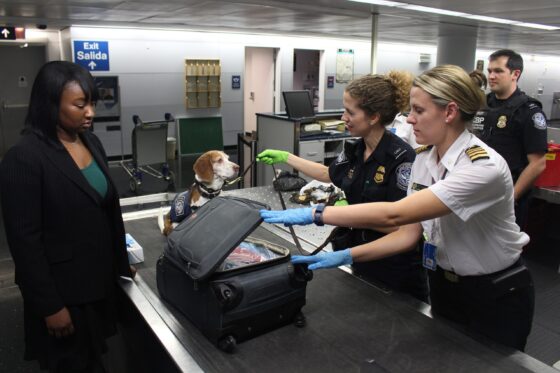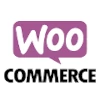
About 550 billion euros are sold annually in the European Union via e-commerce. Almost a quarter of this (96 billion) is cross-border trade. Since the countries have lost billions of euros in VAT in the case of the latter, the regulations governing the field will change this year. The changes affect both B2B and B2C sectors, and the goal is to further harmonize the European tax system and prevent tax fraud in the long term.
In this article we talk about the new rules for cross-border VAT. Some already entered into force from January 1, others will enter into force from July 1 due to the coronavirus.
I
New concept: intra-community distance selling
Change: A uniform B2C VAT threshold will be established
The new limit of 10,000 euros applies to all EU member states and to supplies and services sold or provided by an EU company to customers located in another EU country.
This means that when selling to other EU countries, you have to pay VAT in the destination country if your limit of 10,000 euros has been reached (not necessarily 10,000 in one country, but rather across all your European markets).
II
New term: Distance selling of imported goods
Change: The VAT exemption for cheaper imported goods will disappear
From January 1, 2021, the VAT exemption for imported goods with a value of up to 22 euros was abolished. The aim is to strengthen competition between EU and third-country companies and prevent tax fraud. Otherwise, local stores were in a worse situation compared to Chinese and other foreign companies, as they could send goods to Europe VAT-free, but the Estonian company paid VAT on the first euro.
Additional paperwork
Given the huge volume of small consignments imported into the European Union, customs IT systems cannot handle the processing of standard customs declarations for these shipments. Additionally, a normal customs declaration is not necessary in most cases for goods costing less than €150, as there is no customs obligation. Declarations for cheaper shipments have now been simplified, but both traders and customs still have work to do.
III
New term: OSS
Change: B2B and B2C sales within the EU
In the case of B2B sales, VAT must be paid at the location of the recipient (buyer).
VAT for B2C, i.e. sales to private individuals, must be paid in the company’s (seller’s) country.
MOSS and OSS services
Since 2015, a simple Mini One Stop Shop (MOSS) system exists, where B2C digital service providers (Spotify, some shows and digital content) could declare and pay VAT quarterly.
Now, in principle, the scope of MOSS will be expanded and it will become OSS (One Stop Shop). In July, it will include not only digital, but all kinds of B2C services and goods. In other words, if your turnover in Europe exceeds the limit of 10,000 euros, you start filling out the paperwork in the OSS system once a quarter and pay the VAT directly to the tax office.
You do this for all sales made in individual member states at once.
EXAMPLE:
I am an Estonian shop, I sell my physical goods on my page and portals to Latvia, Finland, France and a few other places. Do you need to declare VAT separately in five countries? Fortunately no, OSS makes it easier. Through OSS, you can report all European purchases together, and then you simply have to declare Estonian VAT.
I-OSS
All imports (non-EU) must be declared at the border using an electronic customs declaration. For this purpose, a new special import scheme called Import OSS is created, which includes the declaration of non-EU imported goods under 150 euros.
The OSS system is said to reduce VAT declaration costs by 2.3 billion euros per year.
Efforts have been made to simplify paper management for both customs and traders, but we will see what the reality is in the second half of the year.
Today, it is still unclear how the import package market will react to the new model.
IV
New term: Distance selling through an online marketplace
Change: Buy-sell platforms must start collecting and paying VAT on behalf of sellers
From July 2021, the increased responsibility of digital marketplaces in collecting VAT for imported B2C goods will also come into force.
From now on, companies managing buy-sell environments and platforms will be considered as suppliers of goods sold by companies using the platform to EU customers in “certain situations” in terms of VAT.
It is not yet clear what exactly these “certain situations” cover, but it seems that for B2C deliveries from outside the EU, the operators of online platforms such as Amazon or eBay will be responsible for paying VAT on goods worth up to 150 euros.
Such a policy also helps to fight VAT fraud, as the concentration of thousands of independent merchants on one market greatly facilitates control.
Those who sell in these environments should have an easy life from this point on, because there is no need to manage this topic themselves.
In summary
Compared to before, the VAT requirement for B2C services extends not only to digital services, but also to all other services, distance sales of goods within the EU, certain domestic sales on buying and selling platforms, and goods imported from outside Europe worth less than 150 euros.
Are you ready?
The extension of MOSS and the specific provisions on the obligations of platforms will enter into force on 1 July 2021 instead of January due to the coronation, as IT systems need to be adapted or developed.
Are you ready or need help?







